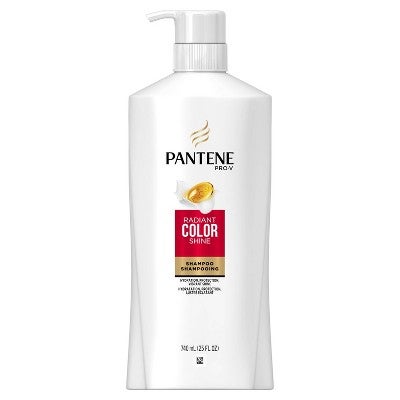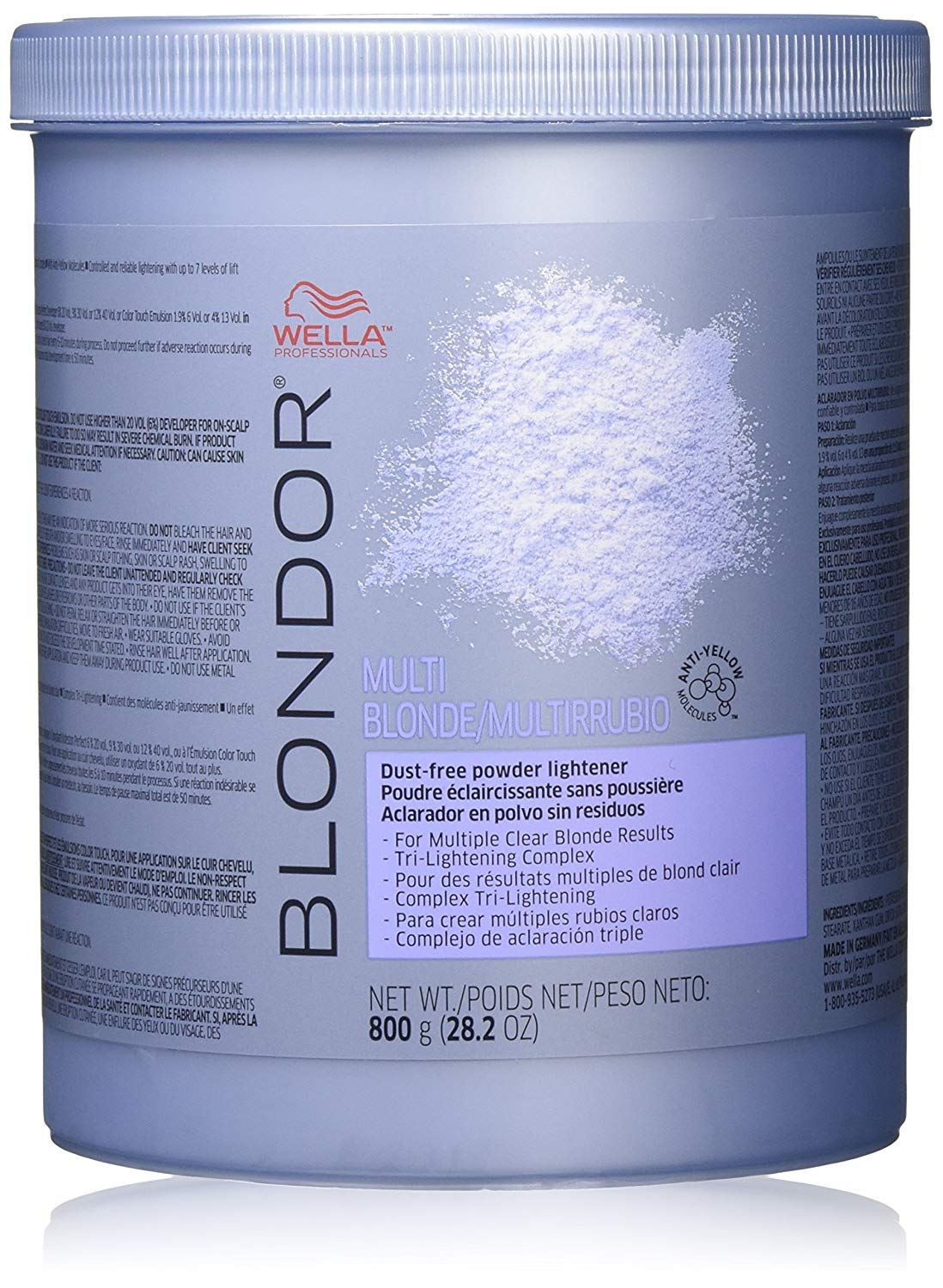When you commit to dyeing your hair, you commit to spending hours on upkeep and dropping considerable amounts of cash on touch-ups. You also have to keep your fingers crossed that your bleach appointment won't end in significant damage (and many tears).
It's why wearing a wig is a game changer — especially if you like to experiment with hair colour. Whether you're rocking a hairpiece for just one night at a costume party or every day at the office, the commitment isn't permanent. So, if you've been dying to try blonde hair, but fear damaging your natural strands, a wig is a great way to take a new colour for a test run.
AdvertisementADVERTISEMENT
While you can purchase a wig pre-coloured online or in stores, dyeing your unit at home allows for more personalized results. The process may seem straightforward: Get a wig, grab some box dye, and pop it on, right? But colouring your hair is a process that takes careful attention to detail, or you could ruin your unit beyond repair. "Dyeing a wig at home isn't the easiest task," celebrity stylist Kahh Spence says. "But with the right products, it's possible."
If you're hanging on to a unit and want to zhuzh it up with a new base colour or go full-on pink before Halloween, we spoke to the Hollywood experts for their tips, ahead.
Can you use bleach on a wig?
If you're looking to add highlights or to dye your wig a vibrant colour, you might have to bleach it first. According to celebrity stylist Kiyah Wright (who lays wigs for Laverne Cox, Jennifer Hudson, and Ciara), bleach is safe to use on human hair wigs. "You should use 20-volume crème developer with bleach so you can pace yourself and avoid over-processing your wig," she says. "Be sure to use a brush and mix it into a creamy consistency."
A developer is a hydrogen peroxide formula that opens up the cuticle of your hair so it can make your strands lighter. The number 20 indicates the percentage of peroxide in the developer (the higher the number, the lighter the hair will get). Starting at a 20-volume developer is an easy way to make sure you don't drastically lift the extensions' colour too quickly.
AdvertisementADVERTISEMENT
Wright advises against dyeing a synthetic wig. "Because the hair is synthetic, the dye won't properly penetrate the fibers and it could ruin your wig," she says.
Should you put colour on the lace?
When it comes to colouring your wig at home, Wright says that having the right tools and techniques is essential. "The hair should be detangled and flat on a mannequin head," says Wright. "You should use T-pins to secure the wig to the head, but be careful not to rip the lace." To start, Wright says to section your wig from the back and keep the colour at least half an inch away from the root for the most natural-looking results. Keeping the developer away from the roots also ensures you won't end up with patchy lace.
Mixing bowls, brushes, clips, foils, bleach, colour-safe conditioner, and your desired colours should also be added to your beauty-supply shopping list. To bleach her custom units, Wright uses Clairol BW2 Powder Lightner and Wella Professionals Blondor Multi-Blonde Powder. To activate the lightening process, Wright also recommends using foils to wrap your hair colour. Once your hair is bleached, you can use a toner or gloss on top of it to neutralize yellow tones and brassiness.
What if I want to dye my wig a bright colour?
AdvertisementADVERTISEMENT
If you want to go beyond browns, blondes, and red, you can still achieve a vibrant hair colour at home. "Your wig should be bleached to a blonde shade before attempting to achieve a bright colour," Spence explains. "I prefer to start with a blonde wig for these colours, so the result is as vibrant as possible." According to Wright, your wig should be at a minimum of level 12 — icy, platinum blonde — with the least amount of yellow before putting a bright colour on top. You can also start with a blonde wig if you want to avoid the bleaching process altogether.
After letting your hair process for 20 minutes — or more depending on your goals — Spence says rinsing out the developer thoroughly is essential. "If there's any excess bleach left in the hair, it can become damaged and impact the longevity of your wig," he explains.
To shampoo, Wright recommends using Pantene's Radiant Colour Shine Shampoo. "Use a lightweight conditioner at the ends to detangle and rinse thoroughly," she says. Once you've thoroughly rinsed all conditioner and colour from your hair, Wright recommends using a leave-in conditioner before styling. "This will help detangle your wig, enhance any curl or wave it might have, and add shine," she says. "I mix Pantene Gold Series Leave-On Detangling Milk with water in a spray bottle, apply, then style as desired."
Is it safe to use box dye on a wig?
Both Wright and Spence agree that it's totally safe to use box dye on your unit, depending on the results you are seeking. "If the process of mixing colour and developer is intimidating, there's no harm in using box dye," Spence explains. Wright notes that box dye isn't as potent as professional-grade colour, so if you're seeking a complex dye job, drugstore dye might be too subtle. "Extension hair is, usually, in its most natural pigment, so it’s harder to lift the colour with box dye," she says. "In that case, a professional colour might be more effective."
The bottom line is: Colouring your wig at home doesn't have to be complicated, and it can be fun to do. However, one wrong move can compromise the quality of your hair, and a good wig is an investment, so colour with caution.
At Refinery29, we’re here to help you navigate this overwhelming world of stuff. All of our market picks are independently selected and curated by the editorial team. If you buy something we link to on our site, Refinery29 may earn commission.
AdvertisementADVERTISEMENT








